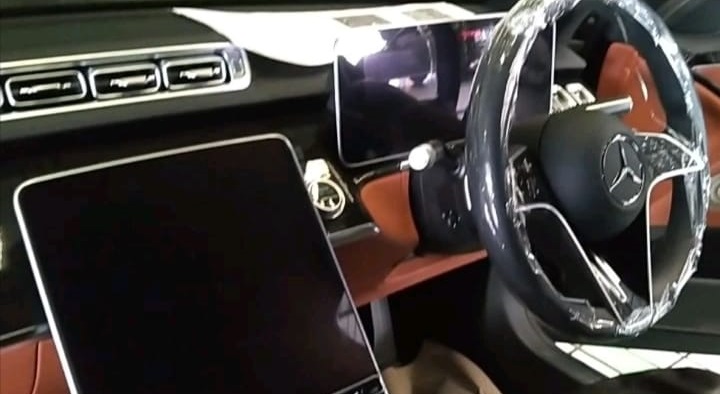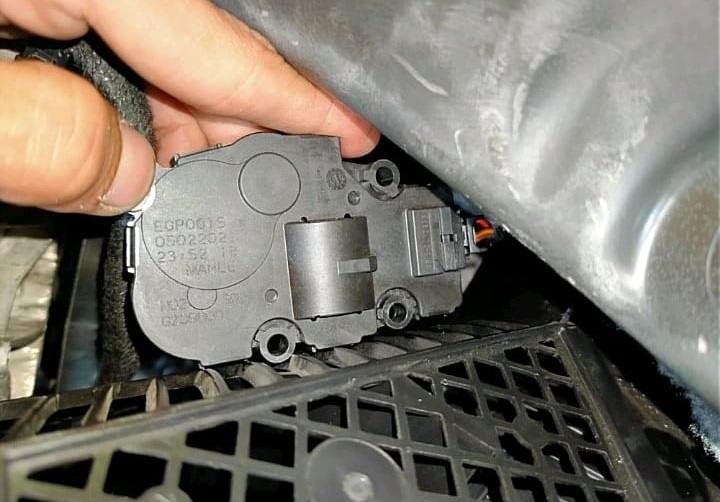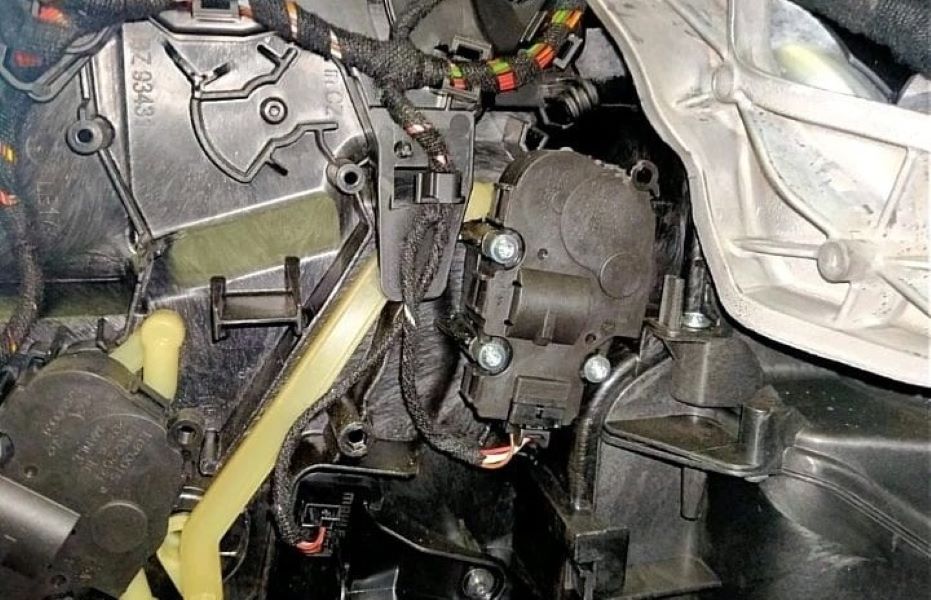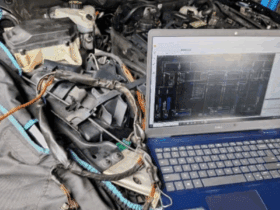Table of Contents
Case Study: Fixing “AC Not Blowing Cold Air car” in a Mercedes-Benz S-Class 450 (W223)
When the AC stops blowing cold air in a luxury car like the Mercedes-Benz S-Class W223, it’s not just an inconvenience it signals a deeper issue in the vehicle’s climate control system. In this real-world case, the air conditioning worked intermittently, leaving the cabin uncomfortably warm even when the temperature was set to the lowest setting.
For more real case studies and professional HVAC troubleshooting steps, explore the full guide at Mercedes AC and Climate Control Problems Hub.
Customer Complaint: AC Not Blowing Cold Air Intermittently
A customer brought their Mercedes-Benz S 450 (W223) to the workshop with a complaint that the air conditioner occasionally failed to blow cold air through the front vents. Despite setting the temperature to minimum, the system sometimes delivered only warm air.
The inconsistent performance made long drives uncomfortable especially in high-temperature conditions prompting a detailed diagnosis.

Step 1: Initial Diagnosis, Flap Actuation Test
The diagnostic session began with a XENTRY-guided function test. The technician noted that one of the HVAC stepper motors, responsible for adjusting airflow direction, was stuck intermittently.
Symptoms included:
- – Airflow inconsistency between vents
- – Failure of the system to complete normalization cycles
- – No mechanical obstruction visible in the flap assembly
Inspection Result:
Although the flap mechanism itself moved freely, the stepper motor actuator struggled to respond during actuation tests. This pointed to an electrical or internal failure inside the motor.

Step 2: Independent Stepper Motor Function Check
To confirm the diagnosis, the technician detached the stepper motor from the flap mechanism and actuated it independently.
- – The motor rotated initially but stalled halfway through its cycle.
- – Multiple normalization attempts through XENTRY failed.
- – Live values from the motor’s feedback circuit fluctuated irregularly.
Conclusion: The motor’s internal gears or position sensor had failed, preventing accurate flap control.
Step 3: Identifying the Root Cause, Faulty Actuator Stepper Motor
In the Mercedes-Benz S-Class 450 (W223), the air distribution flaps rely on electronically controlled stepper motors for precise temperature and airflow regulation. When one fails, cold air may not be directed toward the cabin even though the compressor and refrigerant levels are normal.
Root Cause: Defective actuator stepper motor on the front air flap assembly, resulting in incorrect airflow routing and loss of cooling performance.

Step 4: Step-by-Step Repair Process
1. Isolate and Inspect the Mechanism
- – The flap housing and actuator mount were removed for visual inspection.
- – No physical damage or dirt obstruction was detected in the flap assembly.


2. Replace the Defective Stepper Motor
- – The faulty actuator was replaced with a new OEM Mercedes-Benz motor.
- – Electrical connectors and harness continuity were verified using a multimeter.

3. Reassemble and Perform Normalization
- – After installation, the normalization process was performed via XENTRY to synchronize all HVAC flap actuators.
- – System calibration was completed successfully with no new fault codes stored.
Step 5: Verification and Testing
After reassembly, the technician conducted multiple tests to ensure full system functionality:
- 1. AC Output Test: Cold air flowed evenly from all front vents.
- 2. Extended Operation: The system was left running for over 20 minutes to monitor flap response.
- 3. No Further Faults: The diagnostic scan confirmed no new or recurring actuator errors.
Result: The AC system operated flawlessly, maintaining consistent cooling across all temperature settings.
Key Takeaways for Technicians & Owners
- 1. Flap and Stepper Motor Diagnostics: Always check actuator motors before replacing HVAC components like the compressor or evaporator.
- 2. Normalization is Critical: Every actuator replacement in Mercedes-Benz HVAC systems requires proper calibration via diagnostic software.
- 3. Avoid Guesswork: Faulty actuators can mimic refrigerant or compressor failures; rely on live data and guided tests.
- 4. Use OEM Components: Genuine stepper motors ensure precise flap control and long-term system reliability.
Conclusion
In this Mercedes-Benz S-Class 450 (W223) case, the AC not blowing cold air issue was traced to a faulty HVAC stepper motor actuator that intermittently jammed, disrupting airflow direction.
By following a structured diagnostic process visual checks, actuation tests, normalization, and final verification the problem was resolved without unnecessary component replacements.
For a deeper dive into other Mercedes air conditioning and climate control issues, including compressor faults, blower malfunctions, and temperature sensor errors, explore the main guide here: Mercedes AC and Climate Control Problems Hub
Author
Written by: Mercedes Expert
Automotive Technical Trainer & Mercedes-Benz Diagnostic Specialist
With years of hands-on experience repairing and diagnosing Mercedes-Benz vehicles, specializes in case-study-based troubleshooting guides that blend workshop accuracy with educational clarity.
Last Updated: November 2025






Leave a Reply